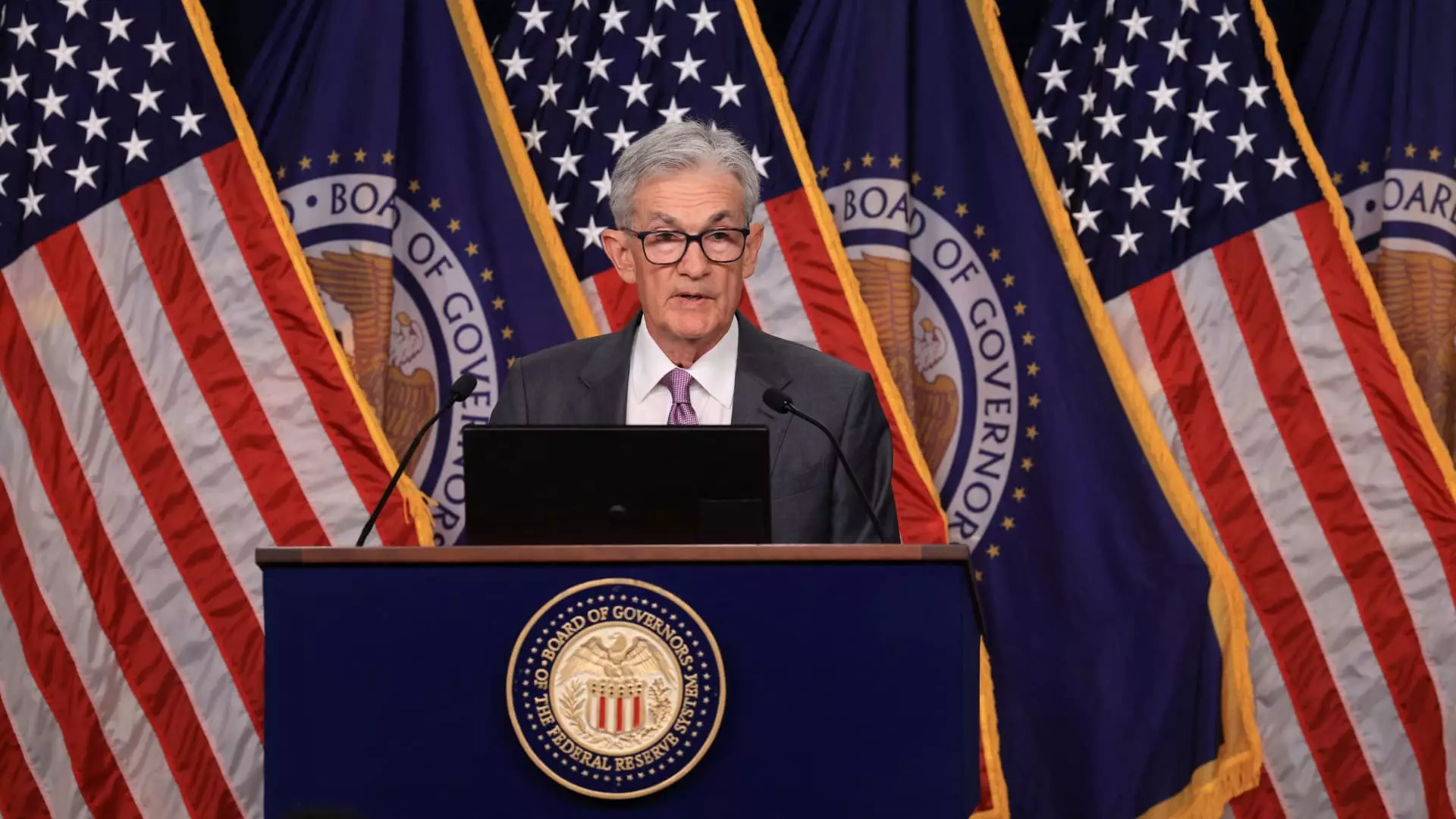The Federal Reserve’s recent decisions regarding interest rates have caught significant attention as stakeholders seek clarity on the future economic landscape. With the central bank anticipating a 50 basis point cut by the end of 2024, the financial community is left pondering the implications of this downward trend. The Fed’s recent dot plot reveals that a majority of the Federal Open Market Committee (FOMC) members foresee the benchmark federal funds rate decreasing to 4.4% by the year’s end, which corresponds to a target range of 4.25% to 4.5%. As the Fed’s remaining meetings for this calendar year loom—scheduled for November 6-7 and December 17-18—questions abound regarding the timing and necessity of such cuts.
Looking further into the forecast, the Federal Reserve is signaling a more comprehensive reduction strategy, projecting rates to settle at 3.4% by 2025. This prediction suggests an additional full percentage point cut, followed by an anticipated decline to 2.9% by 2026. This long-term outlook indicates a gradual and sustained effort to reshape the financial framework in response to economic realities. The message from Fed Chairman Jerome Powell underscores this sentiment. He remarked that the committee is not under pressure to rush the process, suggesting a thoughtful and deliberative approach as the economic landscape continues to evolve.
In conjunction with these anticipated cuts, the Fed has made significant adjustments to its inflation and unemployment projections. The central bank’s updated outlook indicates a decrease in the projected inflation rate, now set at 2.3%, down from the previous estimate of 2.6%. Core inflation, which excludes volatile items, is similarly revised to 2.6%, showcasing a cautious optimism regarding inflationary pressures. On the unemployment front, however, the anticipated rate has been increased to 4.4%, a reflection of ongoing labor market challenges. This shift in the unemployment forecast reflects broader economic uncertainties and the complex interplay between growth and inflation.
Implications for the Future
The adjustments in both interest rates and economic projections reveal the Federal Reserve’s strategy to strike a delicate balance between fostering growth and managing inflation. As stakeholders digest these developments, the implications are profound. Lower interest rates generally encourage borrowing and spending, which can stimulate economic activity; however, they also heighten fears of uncontrolled inflation in the long run. The Fed’s cautious approach aims to ensure that inflation trends remain manageable while not stifling growth.
The Federal Reserve’s forecasted path of interest rate cuts coupled with an optimistic outlook on inflation reflects a complex but strategic response to current economic conditions. As the central bank continues to navigate these waters, ongoing vigilance will be crucial to adapt to any shifts in economic trends. Understanding these dynamics will be essential for investors, policymakers, and consumers alike as they plan their financial futures.

